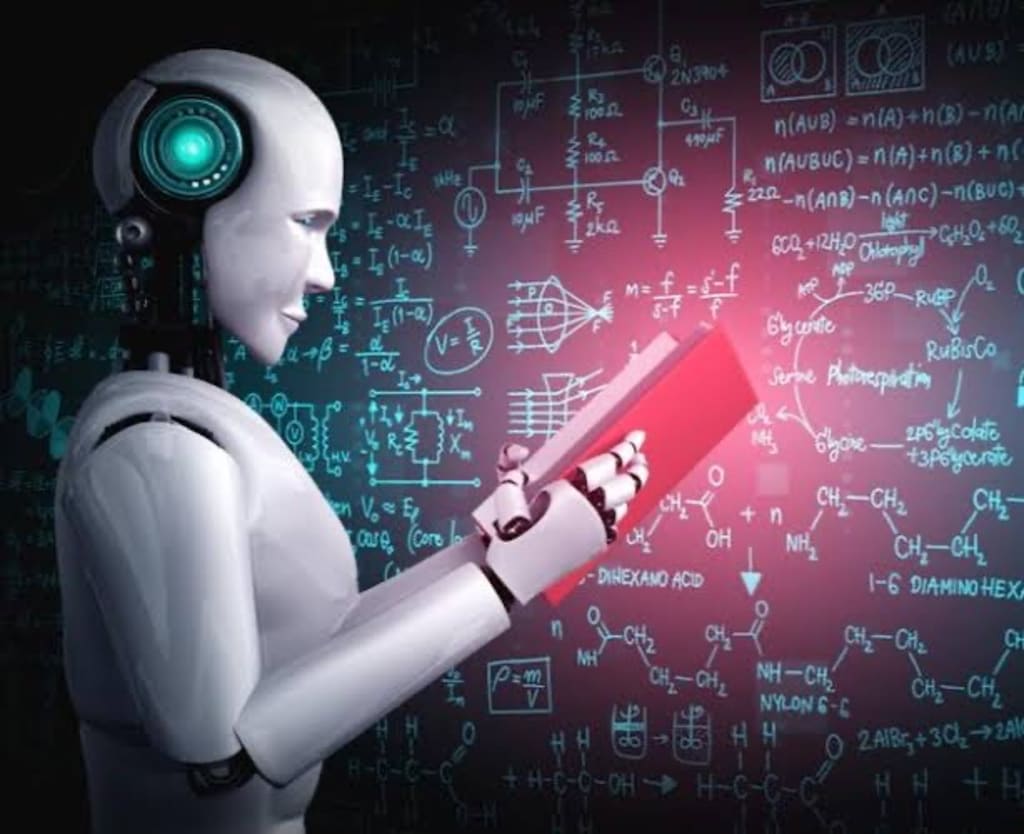AI’s importance in society
The Rise of Artificial Intelligence: Transforming Industries and Reshaping Society

Once upon a time, in a world not too different from our own, artificial intelligence (AI) had just begun to emerge as a field of study. It was an exciting time, full of promise and possibility, as researchers and engineers around the globe worked tirelessly to develop new algorithms and systems that could learn, reason, and make decisions on their own.
At first, the applications of AI were limited. The earliest systems were primarily designed for academic research, and were used to analyze large datasets or simulate complex systems. But as the technology continued to advance, it soon became clear that AI had the potential to revolutionize virtually every aspect of modern life.
One of the first industries to recognize the potential of AI was healthcare. Researchers quickly realized that AI could be used to analyze medical images and detect subtle patterns that might indicate the presence of disease. This could lead to earlier diagnoses and more effective treatments, potentially saving countless lives.
Meanwhile, in the financial sector, AI was being used to analyze vast amounts of data and make more accurate predictions about market trends and investment opportunities. This gave traders and investors a powerful tool that could help them stay ahead of the curve and maximize their profits.
In manufacturing, AI was being used to optimize supply chains and production processes, reducing waste and increasing efficiency. This not only helped companies save money, but also reduced their environmental impact by minimizing their use of resources.
As AI continued to advance, its impact could be felt in virtually every industry. In transportation, autonomous vehicles began to emerge, promising to revolutionize the way we travel and reducing the number of accidents caused by human error. In education, AI was being used to personalize learning experiences and provide more targeted feedback to students. And in agriculture, AI was being used to optimize crop yields and reduce the need for harmful pesticides and fertilizers.
But as exciting as these developments were, they also gave rise to concerns about the potential impact of AI on society. Some worried that the rise of autonomous systems could lead to widespread job loss, as machines replaced human workers in many industries. Others were concerned about the ethical implications of AI, particularly when it came to decision-making. If machines were making important decisions on their own, who was responsible when things went wrong?
To address these concerns, governments around the world began to develop regulations and guidelines for the development and deployment of AI. Some called for increased transparency, so that people could better understand how AI was being used and make informed decisions about its impact on their lives. Others called for greater accountability, so that those responsible for the development and deployment of AI could be held responsible for any negative consequences that arose.
Despite these concerns, however, the march of progress continued unabated. And as AI continued to advance, it became clear that it had the potential to transform our world in ways we could barely imagine.
One of the most significant breakthroughs came in the field of robotics. As AI algorithms became more sophisticated, they were able to power robots that were capable of interacting with the physical world in ways that had once been unimaginable. These robots could perform complex tasks that had previously been the exclusive domain of humans, such as assembling cars, performing surgeries, or exploring the depths of the ocean.
Perhaps the most striking example of this was the emergence of humanoid robots. These machines were designed to look and move like humans, and were capable of performing a wide range of tasks that required dexterity, balance, and coordination. They could walk, run, climb, and even dance, and their movements were so fluid and natural that it was often hard to tell them apart from their human counterparts.
About the Creator
Mahad Khan
I'm Mahad Khan, a passionate story writer. I love creating engaging stories with relatable characters and exploring theme. It's an honor to share my stories with others, and I'm excited to continue on this creative journey.
Enjoyed the story? Support the Creator.
Subscribe for free to receive all their stories in your feed. You could also pledge your support or give them a one-off tip, letting them know you appreciate their work.






Comments
There are no comments for this story
Be the first to respond and start the conversation.